The property surrounding St. Mark’s Coptic Cathedral in Cairo has been used as a Coptic burial ground for more than a thousand years. Several churches sit on that property, including the Abba Ruwais church built in the 12th century.
Just days before Pope Francis arrived in Cairo two weeks ago and visited the Two Saints Church on the cathedral compound, consecrated in 1912, I was given permission by Pope Tawadros to visit the church, which was the site of the Islamic State suicide bombing on December 11 that killed 29 worshipers.
I covered that bombing here at PJ Media:
Cairo Cathedral Bombing Killing 25 During Church Service Fits a Familiar Pattern https://t.co/Xc9ODRGSoj
— Patrick Poole (@pspoole) December 11, 2016
The Two Saints Church, formally the Church of St. Peter and St. Paul, is also known as the Boutroseya Church since it was built by the three sons of Egypt’s only Coptic prime minister, Boutros Pasha Ghali, who was assassinated in 1910. His remains and those of his family are buried in the crypt of the church.
Absolutely brilliant read on history of #Boutrosiya #Coptic church that witnessed horrific attack. By @salamamoussa https://t.co/laGp55ddX8
— Fatenn Kanafani (@FatennMostafa) December 16, 2016
Within two weeks of the bombing, the Egyptian government had made most of the repairs to the church, including restoring the wood roof that had been blown off by the explosion. It was reopened in time for Christmas services of the Coptic church, but was closed at the time of my visit for ongoing structural repairs and preparations for the visit of Pope Francis just a few days after my visit.
Approaching the church, one of the first striking sights is a blood stain on the wall from one of the bombing victims, now preserved behind a pane of glass. The victim had been removed from the church and set on the stone bench.
Bloodstain from one of the victims of the Dec 11 Two Saints church bombing at the Coptic cathedral compound in Cairo https://t.co/Xc9ODRGSoj pic.twitter.com/yjIJOyWJvJ
— Patrick Poole (@pspoole) April 24, 2017
Walking into the church through the same entrance used by the bomber, I was struck by the eerie silence. We were escorted by one of the bishop’s assistants and several church workers were already inside, but the only sound I could hear were our footsteps on the marble floor. When we spoke, we felt compelled to only speak in the softest of whispers. I was embarrassed by the sound of the shutter on my camera.
That silence was a marked contrast to the sounds the morning of the bombing:
https://www.youtube.com/watch?v=4-I_P50IcEs
About twenty feet inside the church is the spot where the detonation occurred. A marble column just a few feet away bears the huge shrapnel marks—as big as the palm of my hand.
Marble columns bear the shrapnel scars of the Dec 11th Coptic church suicide bombing during Sunday Mass, killing 29 https://t.co/Xc9ODRGSoj pic.twitter.com/gxCO4HfDDI
— Patrick Poole (@pspoole) April 25, 2017
At the top of the column, black scorch marks travel all the way to the roof.
Black scorch marks at the top of the column nearest the suicide bomber. The wood roof blew off, dissipating the energy of the blast. pic.twitter.com/xsZnp6L6tM
— Patrick Poole (@pspoole) April 27, 2017
Since the roof was made of wood, the bomb blast blew the roof off the church, dissipating some of the energy of the explosion. Had the roof been made of stone, the full power of the blast would have been contained inside the church and undoubtedly killed many more people.
Also striking are the shrapnel marks that run all the way up the nave of the church, along the side walls, and even to the entrance to the rear.
More shrapnel marks to the back door of the Two Saints church from the suicide bomb pic.twitter.com/MAHRnGs894
— Patrick Poole (@pspoole) April 27, 2017
In some spots, the shrapnel from the bomb had stripped the entire face of the stone away. I can only imagine what it would have done to the victims.
A stopped clock on the church wall reads three minutes to ten—the exact moment of the bombing. Coptic church officials have decided to leave the clock and chose not to repair the shrapnel marks inside the church as a reminder of the bombing that morning.
When we entered the cathedral compound we had to present our IDs, had our vehicle checked with mirrors and a bomb-sniffing dog, and then navigated through the gates guarded by an armored personnel carrier inside the entrance manned by a soldier behind a mounted machine gun.
The only entrance to the cathedral compound adjacent to the street is by the entrance door to the Two Saints Church, guarded by a metal detector.
This entrance is the only one in the cathedral compound adjacent to the street. Bomber ran thru metal detector and into the women's section. pic.twitter.com/c5LBAmUgJl
— Patrick Poole (@pspoole) April 27, 2017
On the morning of the bombing, the bomber ran through the detector and directly into the church pursued by the guard. The explosion occurred in the women’s section of the church, right inside the door, and the guard, who was vaporized by the blast, was the only male fatality. The rest of the victims were women and girls.
29 souls were lost in the Two Saints church suicide bombing – all but one women and girls. The male security guard chasing the bomber died. pic.twitter.com/g7EnMhWACc
— Patrick Poole (@pspoole) April 27, 2017
The youngest of those victims was 10-year-old Maggie Momen, who died nine days after the bombing.
Maggie Momen, clinging to her life since the Cairo Cathedral Bombing on Dec. 11, become a martyr at the age of 10. Lord repose her soul. pic.twitter.com/HWBaxVTGXw
— Father Michael (@Sorial) December 20, 2016
These are pictures from her funeral:
بالورود والزغاريد.. "ملاك الكنسية" #ماجي_مومن تصعد إلى السماء.https://t.co/BClgYyiZME pic.twitter.com/cXFlQ6CM3d
— اليوم السابع (@youm7) December 20, 2016
Worshipers from the church and the cathedral who gathered right outside the church immediately following the blast, many with dead family members still lying inside the church, stood on the street reciting the Nicene Creed as an act of faith and defiance.
“Be firm inside, steadfast in your faith, then nothing from outside will shake you.” – His Holiness Pope Shenouda III pic.twitter.com/b0NaSOsMx4
— Ⲛⲓⲣⲉⲙⲛ⳯Ⲭⲏⲙⲓ (@copticulture) December 12, 2016
After our tour of the church and the cathedral, we met with Bishop Ermia, one of the top leaders of the Coptic Church and the director of the Coptic Cultural Center, within the cathedral compound. It was only sitting there waiting for our meeting with the bishop that the weight of what we had just seen inside the church finally hit me.
During my conversation with Bishop Ermia, he used language you don’t typically hear from a churchman of his high status. He was visibly angry as he asked why the United States has been so slow to help our ally Egypt confront the terrorists plaguing their country. He asked why so many in the U.S. act and speak in solidarity with the Muslim Brotherhood that has, even in the most charitable version of events, justified the terrorism, if not had an active hand in it.
It was a question I didn’t have an answer for. And it was a question I was repeatedly asked during my two weeks in Egypt.
In fact, as I reported here at PJ Media, I visited some of the churches destroyed by the Muslim Brotherhood in August 2013 in Upper Egypt:
Revisiting the Muslim Brotherhood's August 2013 'Reign of Terror' Targeting Egypt's Christians https://t.co/Rf31VJzz4z #homelandsecurity
— PJ Media (@PJMedia_com) August 14, 2016
Inside the Coptic Cultural Center is a martyrium that contains artifacts from all of the victims of the Two Saints Church bombing, including purses, bloody clothes, glasses, prayer books, and other personal effects they were carrying at the time of the bombing.
The Martyrium in the Coptic cultural center inside the cathedral compound has artifacts from all of the Two Saints church bombing victims pic.twitter.com/AWwfR7GYAg
— Patrick Poole (@pspoole) April 27, 2017
Most striking for me were the handbags and purses the bombing victims were carrying pic.twitter.com/lgHEDkVWP1
— Patrick Poole (@pspoole) April 27, 2017
My visit was just a little more than a week after the two Palm Sunday suicide bombings that killed nearly 50 people. Undoubtedly, a new display will be added for those victims.
But also in the martyrium are personal effects of the twenty-one Christian men, twenty Coptic and one Ghanian, who were beheaded by the Islamic State in Libya in February 2015.
Also in the Martyrium are artifacts from the 21 Coptic martyrs who were beheaded in Feb 2015 by ISIS in Libya pic.twitter.com/StNRE2BNsm
— Patrick Poole (@pspoole) April 27, 2017
Most of those men were from the same village in Upper Egypt outside Minya. Just weeks after their deaths in Libya, their families were attacked back home:
Egypt: Muslim Brotherhood Mob Attacks Family of Coptic Christian Martyr Beheaded by ISIS in Libya http://t.co/PgqzxKM315
— Patrick Poole (@pspoole) March 29, 2015
The Islamic State took credit for the Two Saints Church bombing.
ISIS' Amaq news agency follows up earlier claims of responsibility for Cairo church bombing calling attacker a "martyr of the Islamic State" pic.twitter.com/93opml16tM
— Lisa Daftari (@LisaDaftari) December 13, 2016
And in February, the Islamic State put out a video featuring the suicide bomber threatening more attacks on Egypt’s Christian community:
New Islamic State Video Threatens Egyptian Christians, Shows December Church Suicide Bomber https://t.co/S1K2XdzQOd via @pjmedia_com
— Patrick Poole (@pspoole) February 19, 2017
The Islamic State threatened even more attacks this past weekend:
'IS' warns of further attacks on Egypt's Christians https://t.co/GzuMRwnP0M pic.twitter.com/OTnk0nyjR6
— DW News (@dwnews) May 6, 2017
As I noted yesterday, those added Islamic State threats have prompted an obscene response by some here in the U.S. openly sympathetic to the Muslim Brotherhood:
Islamic State Threatens More Attacks on Egypt's Christians, Obama #CVE Adviser Says They Have It Coming https://t.co/rTqY8twMLa @pjmedia_com pic.twitter.com/tWlHxNd3qN
— Patrick Poole (@pspoole) May 8, 2017
And it should be noted that the bomber himself had been arrested in 2014 for his involvement with the Muslim Brotherhood.
Suspect in Egypt chapel bombing that killed at least 25 had past run-in with cops https://t.co/f7FQnkn4Hc pic.twitter.com/tJjxHU7mNX
— New York Daily News (@NYDailyNews) December 13, 2016
#Egypt Blames Muslim Brotherhood in Qatar for Involvement in #Cairo Cathedral Attack: https://t.co/A1Krt0bYSB
— Egyptian Streets (@EgyptianStreets) December 13, 2016
In my next two dispatches from my trip to Egypt, I’ll present an interview I conducted with one of Egypt’s top counter-terrorism experts, Khaled Okasha, who has literally written the book on the development of terror networks in Egypt, and in particular the Sinai.
He makes the case that despite the Western media narrative, the evidence indicates that the so-called “moderate” Muslim Brotherhood has had a much more active hand in terrorism in Egypt, and that the lines between the Muslim Brotherhood and the Islamic State operating in Sinai, and now in the Nile Valley and Cairo, are much more blurred and overlapping than virtually all of the Western media outlets have reported up until now.

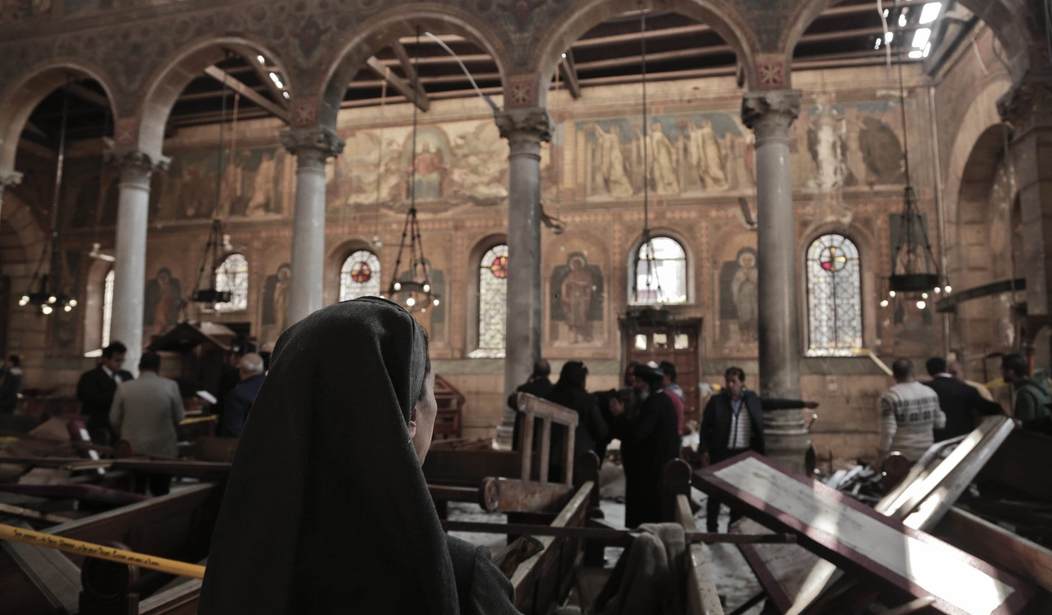
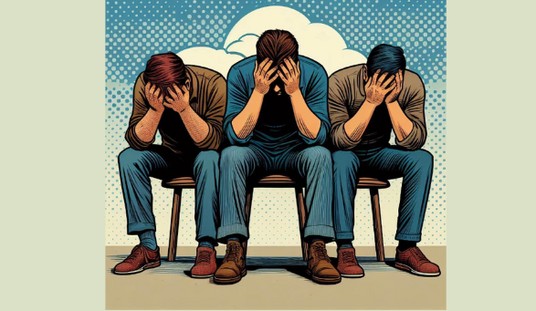
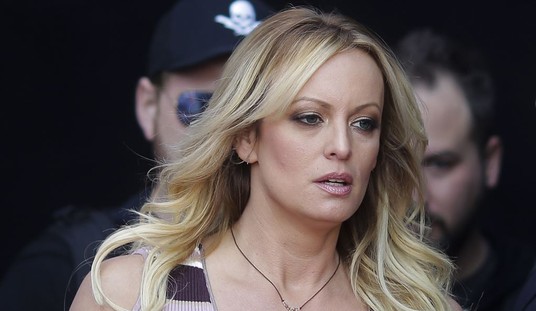

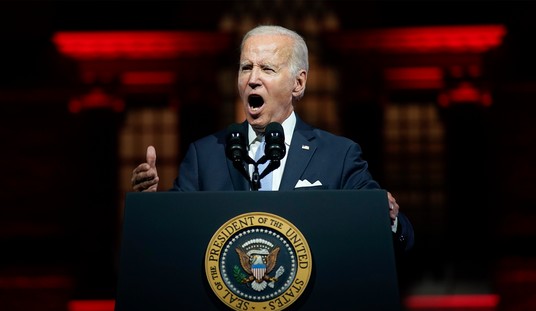
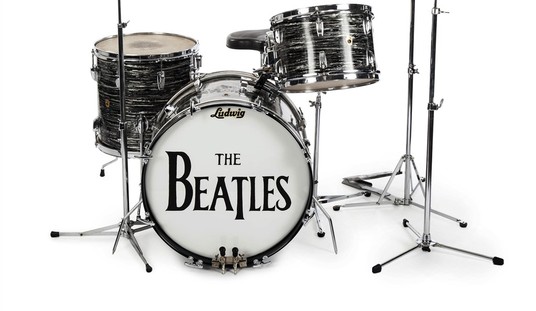
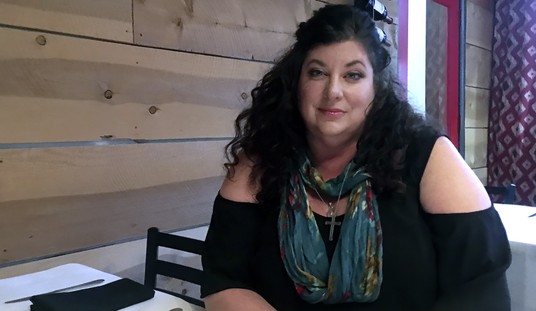
Join the conversation as a VIP Member